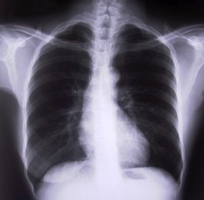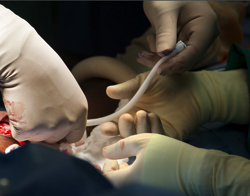
Investing in biotechnology is a riskier bet these days. The community of life sciences venture capital firms is contracting, despite scientific advances across many fields like g enomics, immunology, and diagnostics. Many promising new enterprises fail to produce marketable drugs, and even successful therapies may struggle to gain markets in an environment of health care cost cutting.
enomics, immunology, and diagnostics. Many promising new enterprises fail to produce marketable drugs, and even successful therapies may struggle to gain markets in an environment of health care cost cutting.
That’s exactly why Johnson & Johnson (NYSE: JNJ) chose to expand its programs that nurture very early stage biotechnology and device startups in the Bay area, J&J executives said as they opened the company’s California Innovation Center in Menlo Park, CA, this week.









